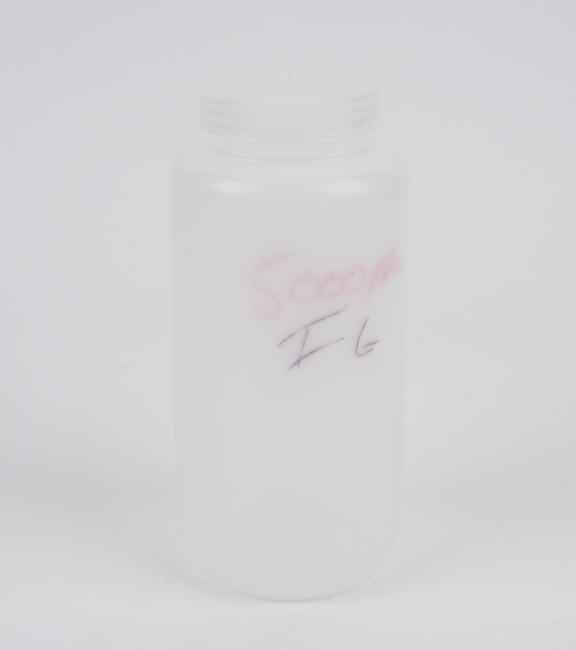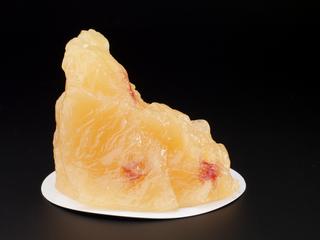
Plastic pot used for making up bleach solutions (5000 ppm) for use by laboratory workers
- Made:
- circa 2013-2015 in unknown place

Plastic pot used for making up bleach solutions (5000 ppm) for use by laboratory workers, for dipping pipette tips etc, in the 'diagnostic tent' at the Manteneh Ebola Treatment Centre during the Ebola outbreak in Sierra Leone, 2014-2015
Healthcare workers at a temporary Ebola diagnostic and care facility at a site in Makeni in Northern Sierra Leone, used chlorine solutions to neutralise the Ebola virus. The World Health Organisation recommended a number of disinfectants to quickly remove and kill the Ebola virus including domestic bleach. The virus is spread through contact with the body, blood, body fluids of someone with Ebola or the equipment used to treat them.
At the time, PPE, handwashing, disinfection, waste management and separating out people with Ebola were the only ways of protecting the surrounding communities and frontline workers. Workers also needed to protect themselves from chlorine solutions.
Set up by the International Medical Corps the Manteneh Ebola Treatment Centre in Makeni included frontline interactions with suspected or confirmed cases, the daily diagnostic procedures as samples were tested through to the administrative elements of certification and the role of health awareness materials.
The West African epidemic of Ebola that began in 2014 was the most widespread outbreak of the virus disease in history—causing major loss of life and disruption to society and the economy, mainly in the countries of Guinea, Liberia, and Sierra Leone. It became international news and prompted an international medical response. In June 2016 when Guinea was the last country to be declared free of Ebola, there were more than 28,000 cases and more than 11,000 deaths. Since 2021, a vaccine has been available to protect high-risk populations and frontline workers.




